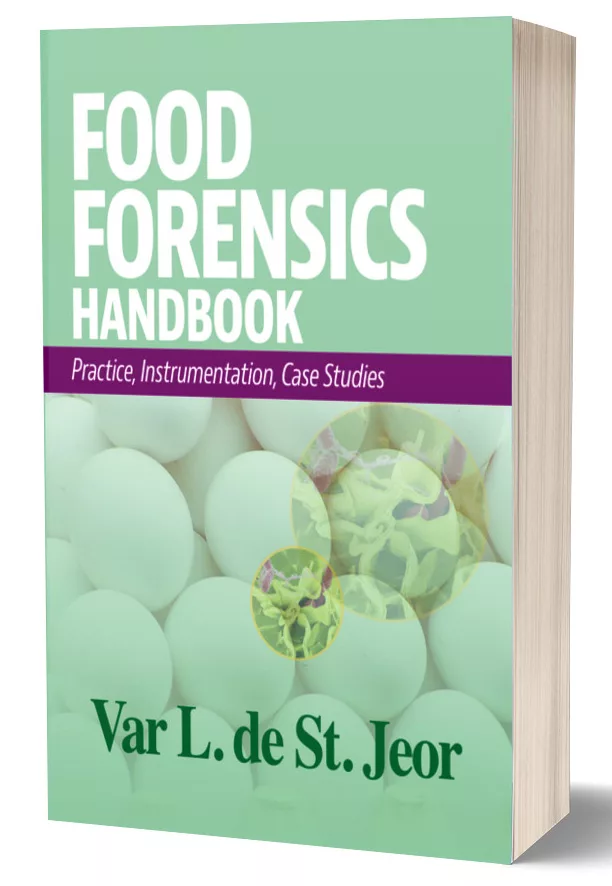Study: AI Can Predict Listeria Resistance to Cleaning Agents

Image credit: Drazen Zigic via Freepik
A group of researchers, including scientists from the DTU National Food Institute in Denmark, have developed a method that, with the help of artificial intelligence and DNA decoding, can predict how well disease-causing bacteria such as Listeria tolerate disinfectants.
A study regarding the method—published in Scientific Reports, a peer-reviewed journal from the Nature portfolio—demonstrates that machine learning can be used to predict whether a bacterial strain will survive cleaning.
“The research paves the way for smarter hygiene strategies and faster responses when there is a risk of pathogenic bacteria being present in a food production,” the DTU National Food Institute notes.
The Hidden Threat in Clean Environments
Listeria monocytogenes is a foodborne bacterium that thrives in cold and damp environments and is often found in food processing facilities. One of the major challenges posed by Listeria is its ability to form biofilms—a slimy layer that adheres to surfaces—which can, over time, lead to resistance against the disinfectants that are used to eliminate it. Until now, detecting this resistance has required time-consuming laboratory tests.
“The danger lies in the fact that a surface may appear clean, yet resistant bacteria can still be hiding in cracks and corners,” said Pimlapas Shinny Leekitcharoenphon, Senior Researcher at the DTU National Food Institute and one of the study’s authors.
DNA and AI— A Powerful Duo
In the study, researchers analyzed the entire genome of over 1,600 Listeria strains. These DNA profiles were used to train a machine learning model that learned to identify genetic patterns associated with resistance to disinfectants commonly used in the food industry.
Three different disinfectants were tested: two pure chemical compounds—benzalkonium chloride (BC) and didecyldimethylammonium chloride (DDAC)—as well as a commercial product.
Looking for quick answers on food safety topics?
Try Ask FSM, our new smart AI search tool.
Ask FSM →
“It’s like teaching a computer to read the bacteria’s manual, and then letting it tell us whether the bacterium is likely to survive cleaning with a particular disinfectant,” Leekitcharoenphon said.
The AI model achieved an accuracy of up to 97 percent and was able to predict tolerance to both the pure chemical substances and the commercial product.
“It is promising that the models work not only for the pure chemical substances, but also for a product that is actually used in the food industry. This suggests that the method could be applied in real-world settings,” Leekitcharoenphon said.
In addition to known resistance genes, the researchers also discovered several new genes that may play a role in the bacteria’s ability to survive disinfectants. This improves the predictive power of the model and may provide new insights into how bacteria develop and spread resistance.
Do We Need New Disinfectants?
The researchers suggest that their method can initially help the food industry use existing disinfectants more efficiently—by selecting the right product for the right bacterium based on its DNA profile.
“AI does not provide us with a recipe for new disinfectants, but it does tell us which bacteria are likely to survive which chemicals. This enables swift and precise action,” Leekitcharoenphon said.
At the same time, the discovery of new resistance genes may inspire the future development of improved disinfectants that exploit the bacterium’s vulnerabilities.
A Breakthrough for Food Safety
Testing bacterial resistance in the laboratory can take days. The method developed by scientists at the DTU National Food Institute and other researchers shows that, with DNA data and machine learning, accurate predictions can be made in minutes.
“We hope our method will become a valuable tool in the fight against disease-causing bacteria and contribute to making food production even safer,” Leekitcharoenphon said, adding, “We have just received funding to continue the work, and the goal of the research is for the method to be easily usable by employees in a food production site.”
The full study, "Quantitative prediction of disinfectant tolerance in Listeria monocytogenes using whole genome sequencing and machine learning,” can be found here.








